 |
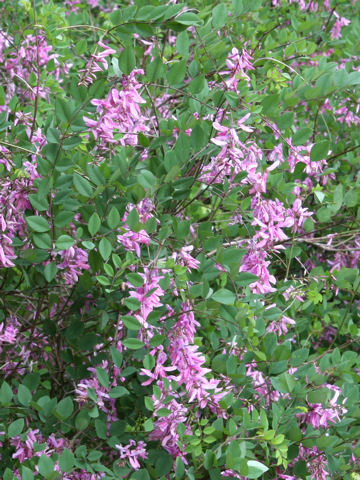

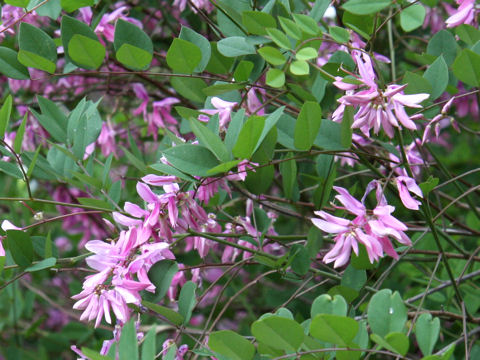

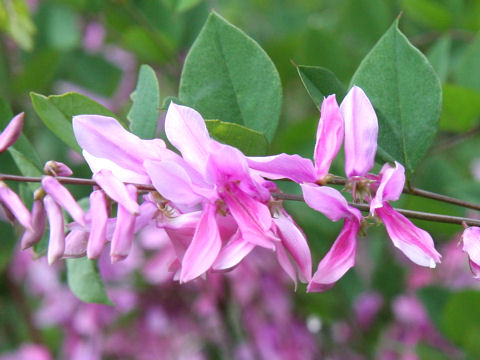

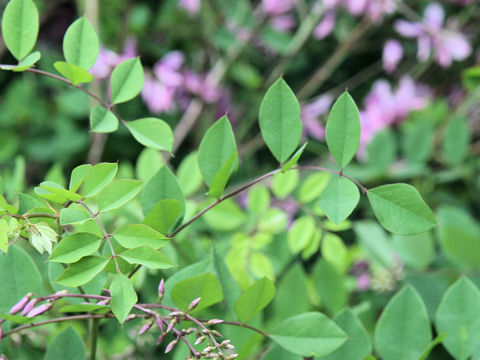

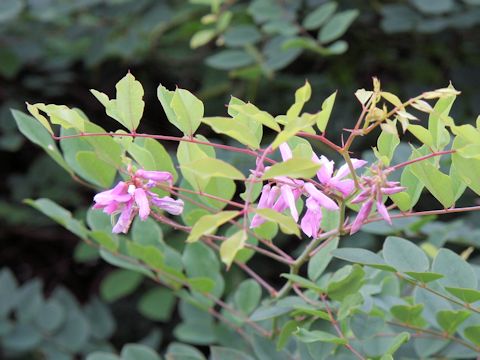

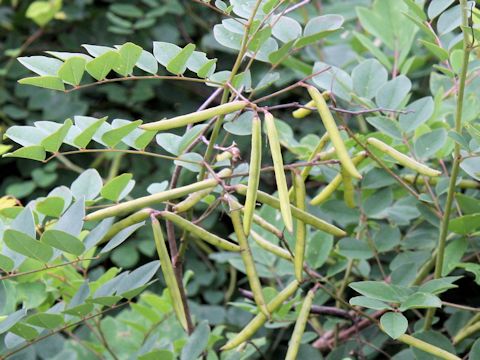

|

|
わが国の九州北部から対馬、朝鮮半島や中国北部に分布しています。氷河期の遺存種だと考えられています。山地の岩礫地などに生え、高さは30〜60センチになります。葉は奇数羽状複葉で、広楕円形の小葉が7〜11個つきます。秋には、黄金色に黄葉します。6月から7月ごろ、葉腋に総状花序をだし、淡紅色の蝶形花を咲かせます。中国語では「花木藍(hua mu lan)」と呼ばれます。
|

|
マメ科コマツナギ属の落葉低木で、学名は Indigofera kirilowii。英名は Kirilow indigo。
|

|
The Kirilow indigo (Indigofera kirilowii) belongs to Fabaceae (the Pea family). It is a small deciduous tree that is distributed northward from northern Kyushu to the Tsushima Islands in Japan, as well as the Korean Peninsula and nothern China. It is considered a relict species of glacial age. This tree grows in montane screes and can reach 30-60 cm in height. The leaves are impari-pinnate with 7-11 broad-elliptic leaflets. They turn gold color in fall. The flowers are palerose-pink, papilionacenous and bloom in axillary racemes from June to July. In Chinese, it is called "花木藍" (hua mu lan).
|

|
[上・中1〜3] 茨城県つくば市「つくば実験植物園」にて、2009年05月23日撮影。
[中4・下] 同上にて、2012年07月21日撮影。
|





